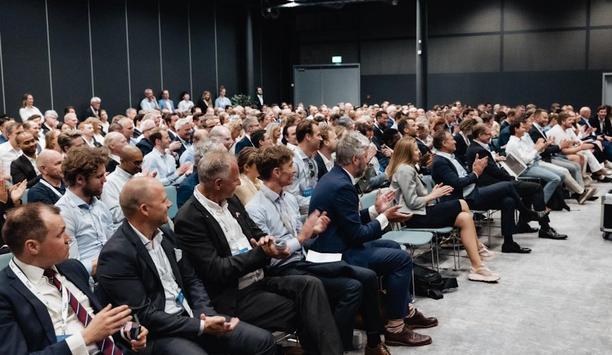In recent months, COVID-19 has put incredible pressure on global supply chains. But it’s not just the pandemic that is causing unforeseen pressure on the UK supply chain. We have an ageing infrastructure, a chronic HGV driver shortage, record-high prices and record low space availability on sea freight options, new rules in trading with the EU, and in addition, a UK-wide shortage of warehousing capacity.
While we have had to stay at home, online shopping has peaked and an increasing amount of goods have been transported across the globe. According to UNCTAD, maritime logistics represents 90 percent of the world supply chain. Therefore, ports are an integral part of global trade.
Ensuring uninterrupted supply
The global freight market is under extreme pressure at the moment, and port congestion results in container vessel delays which might lead to demurrage charges for cargo owners. These are genuinely unprecedented times, requiring decision makers across a wide variety of sectors to think hard and think differently when it comes to ensuring uninterrupted supply throughout peak season and beyond.
A multi-modal approach can meet the client’s needs in the best way allowing them to react to change
A multi-modal approach can meet the client’s needs in the best way allowing them to react to change and automatically make amends to the plan, in accordance with the issues being faced. However, end-to-end supply chains rely on assets and you’re only as robust as the amount of ships and/or operators involved. The industry has faced many challenges with Brexit, Christmas, COVID-19 and the Suez Canal and although some can be seen as isolated incidents, they have happened and they will again.
Improving any breakdowns
It’s difficult to prepare for the unknown and when it might happen but I think operators have a great way of gathering the data following these events and use it to improve any breakdowns in the chain in preparation for if there’s a next time.
As a result of the pandemic, shipping companies took ships out of the sea due to reduced demand but it’s interesting that demand is now increasing and yet the numbers of ships back out at sea hasn’t increased alongside. The cost of using ships has rocketed - one customer importing from Japan used to pay £900 per container, now it’s £7,000 and even £14,000 from China.
Port-centric warehousing
We really need everyone working together to benefit all parties - it’s very one-sided at the moment
So, we’re seeing prices remaining high with fewer ships operating - what incentive do operators have to get more ships back out onto the water and get back to where they were, when their income is healthy with reduced numbers? We really need everyone working together to benefit all parties - it’s very one-sided at the moment but I understand that companies could be remaining cautious with a fast return to pre-COVID while the pandemic is still impacting life.
Looking ahead, I think autonomy is going to be huge and we’ll see the reliance on trained operatives being removed. Autonomous shipping is already being trialled and of course, the capabilities of drones is only going to improve in the future. Whilst there is no silver bullet for the combination of complex challenges we face, one suggested approach is to put port-centric warehousing at the heart of your UK distribution strategy.
National rail infrastructure
The port-centric model is very simple. Rather than transporting your goods hundreds of miles inland to primary distribution centres, the storage facilities are located close to, or within key ports. By doing so, you take costly, time-consuming links out of the supply chain, replacing them with seamless, simple solutions from ship to doorstep.
Another option to consider, which again takes links out of the supply chain, is to utilise the rail network within the port for onward transportation. We’re fortunate at Solent Gateway to offer a dedicated rail link which is connected to the national rail infrastructure and can provide a direct route for freight whilst reducing traffic on the roads. At Solent Gateway, we are committed to solving customers’ supply chain challenges and support businesses that seek facilitation of logistics hubs, business parks, storage, sea to rail, sea to road, automobile, project cargo, general cargo, dry bulk and break bulk.









